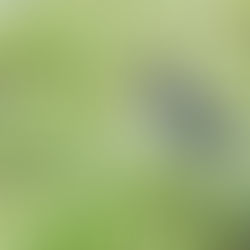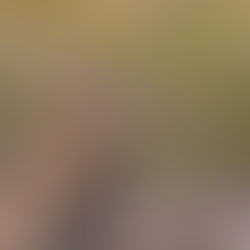A bird in the hand.......
- Jonny Cooper
- Mar 13, 2017
- 2 min read

As wader species on farmland continue to decline, efforts to protect them have to step up a gear. One of the best tool that conservationists have for monitoring and understanding the populations can come into play. This tool is bird ringing. By marking individuals birds with an unique ring their movements can be tracked. This allows conservationists to undertaken all the areas that a population of birds uses and thus how it can be best protected.
All four of the wader species that Wiltshire Wader Group focuses on have ringing records from within the county, these can be found on the species focus pages. This data has partially revealed where 'our' birds go when they are not in Wiltshire. But more is needed, this is where color ringing comes in. As well as a metal ring, birds are fitted with a plastic ring bearing a unique code (or comabaition of colured rings) that allow birds to be identified in the filed without need for recapture. This increases the amount of data that can be gathered from a bird through the course of its life. Currently no major color ringing projects are being undertaken on wading birds in Wiltshire.
However a color ringing study undertaken in Gloucestershire and Worcestershire on Curlew has yielded some very interesting results. Several hundred wintering Curlew were color ringed on the river Severn. From this it was found that birds that winter in the area bred as far afield as Scandinavia. The bids are also very site faithful returning to the same couple of fields to breed every year. One bird has been seen every year on its breeding grounds in Yorkshire. An amazing life history.
These results have implications for trying to protect the species. It fair to assume that the birds in Wiltshire follow similar movements to the population that was color ringed. Therefore it means that the birds wintering in the county could breed across a massive area. It also shows that birds are incredibly site faithful. Sadly, this means that once Curlews are gone from an area it can be difficult for them to return. However, it also means that by targeting efforts to protect the areas that Curlew are still breeding we will help to secure the populations future.




















